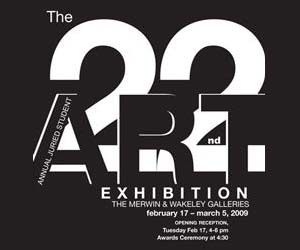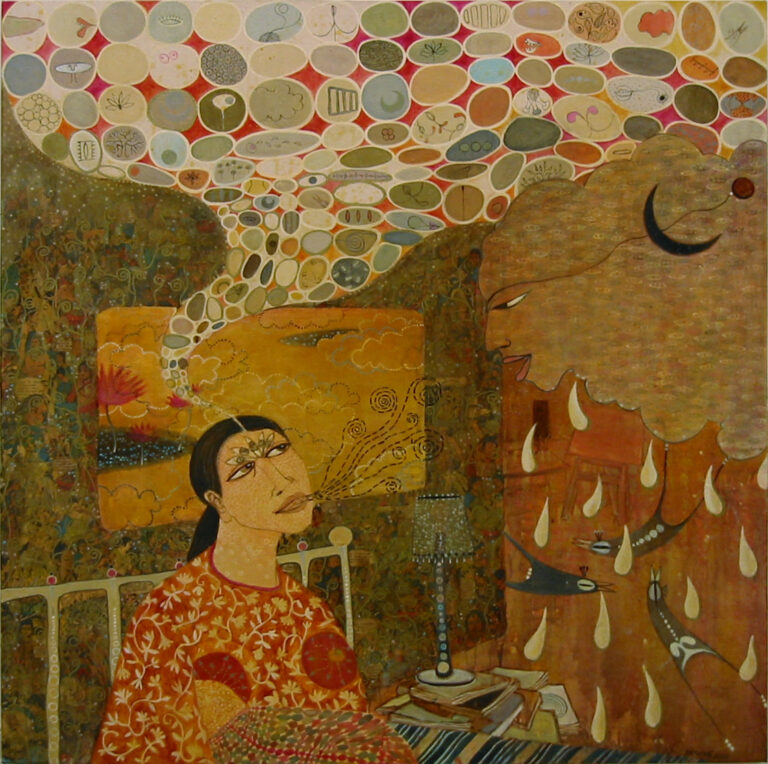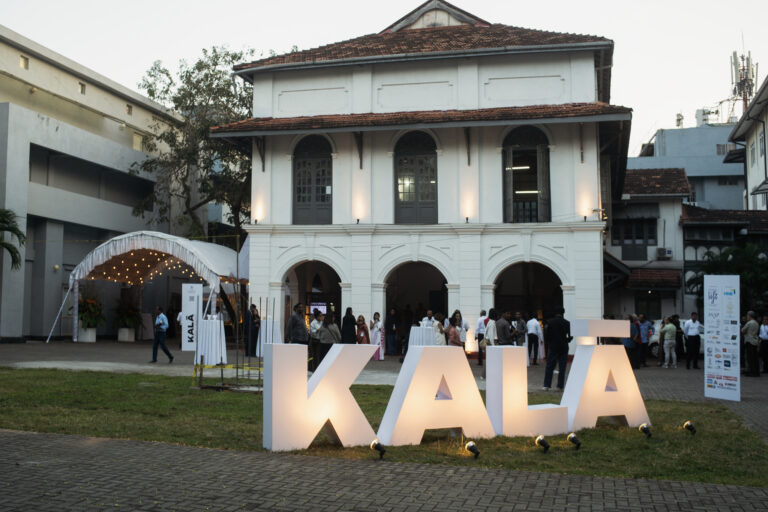
Book review of ‘F.N. Souza: The Archetypal Artist’
Author: Janeita Singh
Publisher: Niyogi Books
Francis Newton Souza, often called the enfant terrible of Indian modern art, was born in 1924 in Goa. Raised by a single mother in Bombay after his father’s death, Souza’s early experiences shaped the rebellious spirit that would define his art.
Expelled from the Sir J. J. School of Art for joining the Quit India movement, Souza co-founded the Progressive Artists’ Group in Bombay in 1947, determined to shatter colonial-era academic norms. His early canvases that included erotic nudes, searing crucifixions, and raw cityscapes were denounced as obscene by censors, yet he decided to move to London in 1949, where he continued his practice, and later, he even earned a scholarship that took him to Italy. A breakthrough solo show at Gallery One in London in 1955 propelled him to the international stage, with later exhibitions at the Tate, and the Guggenheim, establishing his global presence, a rare feat for a modern Indian artist.
Souza’s biography reads like that of a stereotypical tormented artist, much like those of Amedeo Modigliani, Vincent Van Gogh, and other European masters before him. Unlike his colleagues, who were very much part of Indian modernity, S.H. Raza, M.F. Husain and Akbar Padamse, Souza too moved westwards. He lived for in London, Rome, and New York before coming back to Bombay for a visit in 2002, where he passed away.
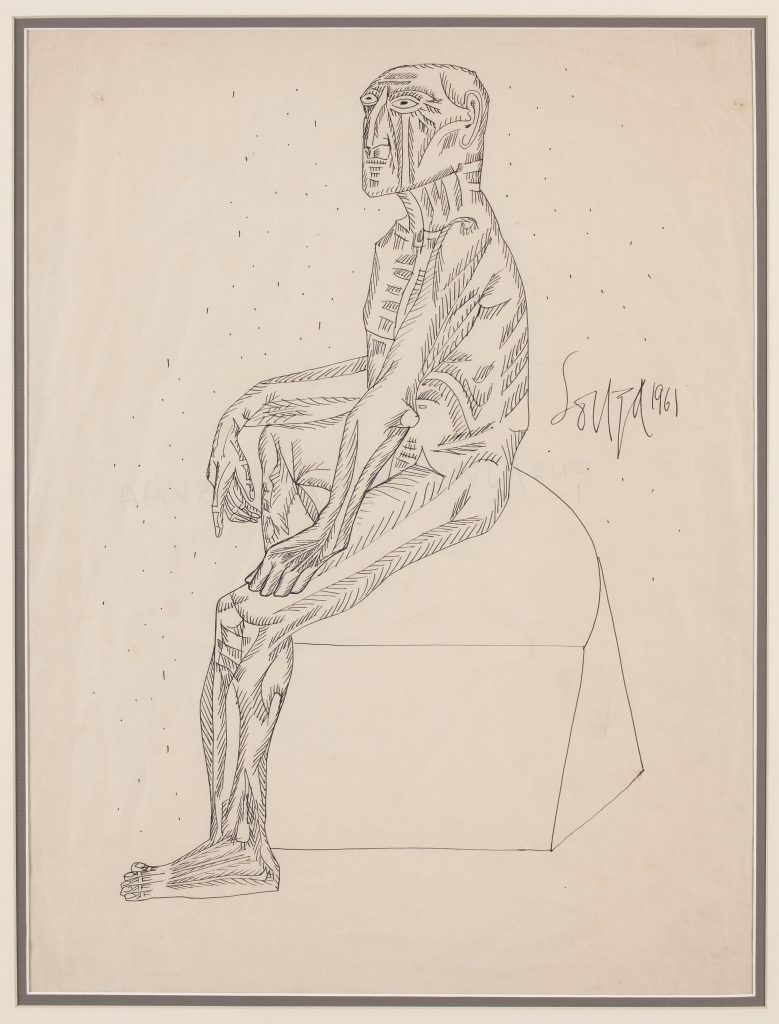
Janeita Singh, an academic of literature, with her keen interest and readings in psychology, decided to write a book, which she aptly titled, ‘The Archetypal Artist, Francis Newton Souza’. Her book is strikingly different from the last monograph published in 1962, or the various catalogues released by galleries, especially the one published by the Delhi Art Gallery in 2021. In that beautifully illustrated volume titled Iconic Masters, which included my text ‘Seated Nude’, Souza has not been looked at from the lens of a feminine gaze.
In spite of being one of the most contentious artists of the Indian Progressive Group, not much has been written on F.N. Souza. A few notable exceptions include the book titled ‘Francis Newton Souza: Bridging Western and Indian Modern Art’ by Aziz Kurtha, and Art of Modern India co-authored with Balraj Khanna and published by Mapin, as well as a series of three-fold pamphlets released by Dhoomimal Gallery, featuring essays on Souza’s aesthetics by Anthony Ludwig and also an exhibition catalogue, ‘Souza: City of Women’. In this context, Janeita’s book is a welcome addition for a deeper understanding of Francis Newton Souza’s work.
Goa-based Janeita’s serious engagement with Souza’s art began through a search for sovereignty, marking a visceral, thought-provoking, and deeply cathartic connection. She further elaborates, “I began perceiving new insights in Souza’s body of work. Shadows and archetypes danced on his canvases. I came to believe that Souza’s art was an exercise in shadow work of the collective human consciousness. Souza mined images from his personal unconscious, overlaying a grid of the collective unconscious. Everything we had suppressed, rejected and marginalised as a society stood glorified on his canvas. Souza’s modernity mirrored a wounded psyche as he wrestled with post-war, postcolonial and post-enlightenment paradigms.”
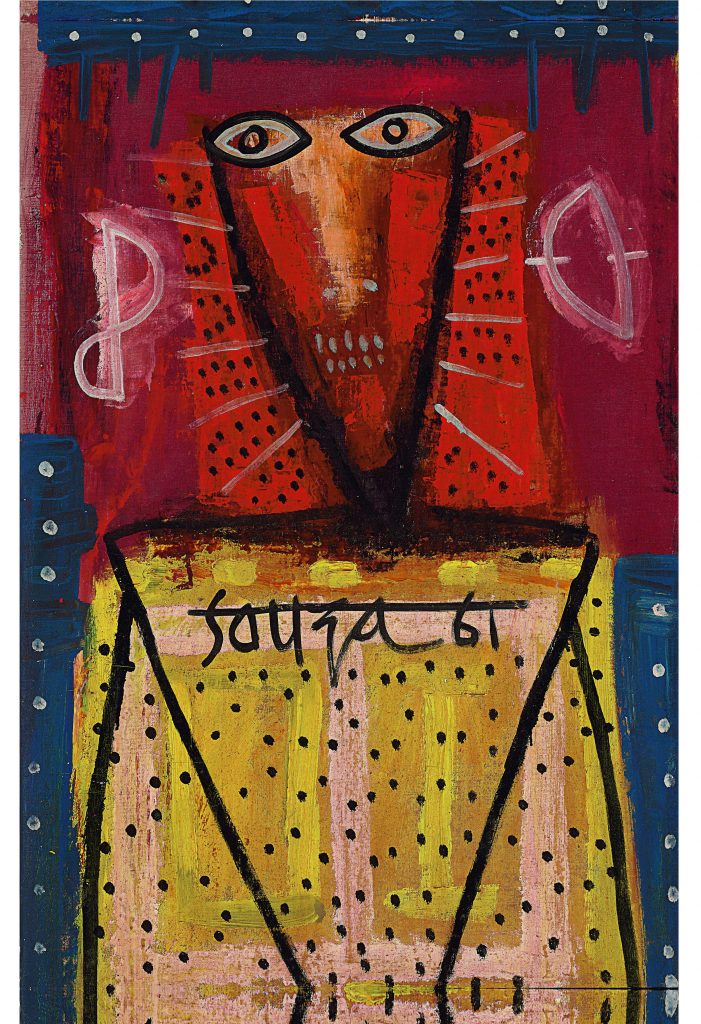
What I was particularly intrigued by in this book was the classifications of the different chapter divisions which Janeita has made. The Archetypal Artist is not really a critique of his specific works, but it is an insight into the mind and workings of Souza, written from a feminist perspective. It delves into the anima of Souza, that is the feminine archetype within the unconscious of a man. Janeita has examined the artist through a psychoanalytical viewpoint.
The book has five chapters: Francis Newton: the Feminist Artist, Souza’s Female Nude: Telling a Story, In Tune with my Childhood, Carnivalesque and Grotesque and Through a Jungian Lens and East-West philosophy. In the collection of 21 essays, Janeita has combined research in art history, Eastern-Western philosophy, classical literature, Jungian analysis, psychology, anthropology, religion, and theatre. The book began as a personal quest by her to look for answers that she was seeking.
For Janeita, the cultural constructs of life, body, and sexuality were central to her inquiry. She explored the cross-cultural currents between East and West that are evident in Souza’s work. She has entered Souza’s world, not through the lens of art history, but through her own personal lens of interdisciplinary research, drawing from feminist literary theory and Jungian concepts of the anima and animus. Her analysis also delves into themes of shock and libido that pulse through Souza’s oeuvre.
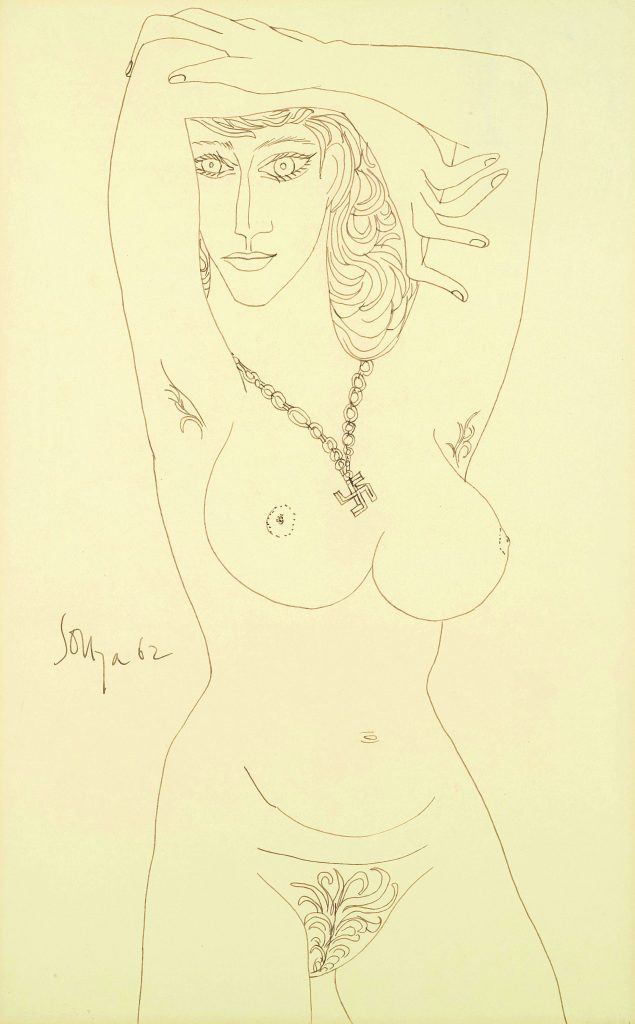
What I truly enjoyed were Janeita’s endnotes, which offer a remarkably fresh and unconventional lens through which one views Souza’s visual landscape, unlike the usual catalogues, journal essays, or critical evaluations of his work. Her endnotes are not just supplementary but central to her interdisciplinary approach, with some interesting titles such as Naked Ambition: Praxiteles to F.N. Souza, Mohenjo-daro to F.N. Souza, The Ballad of Sexual Dependency, Shock and Libido, Souza’s She, The Cosmic Woman (Lokaprakriti) and Souza’s Anima. Each resonates with the depth and originality of her engagement with Souza’s art.
Janeita’s book is beautifully illustrated, and the text is easy to read and engaging. Her unique approach makes her writing non-academic in tone, but it still carries the richness of academia through her nuanced observations and meticulously crafted endnotes. This balance reflects Janeita’s voice and skill as a communicator.
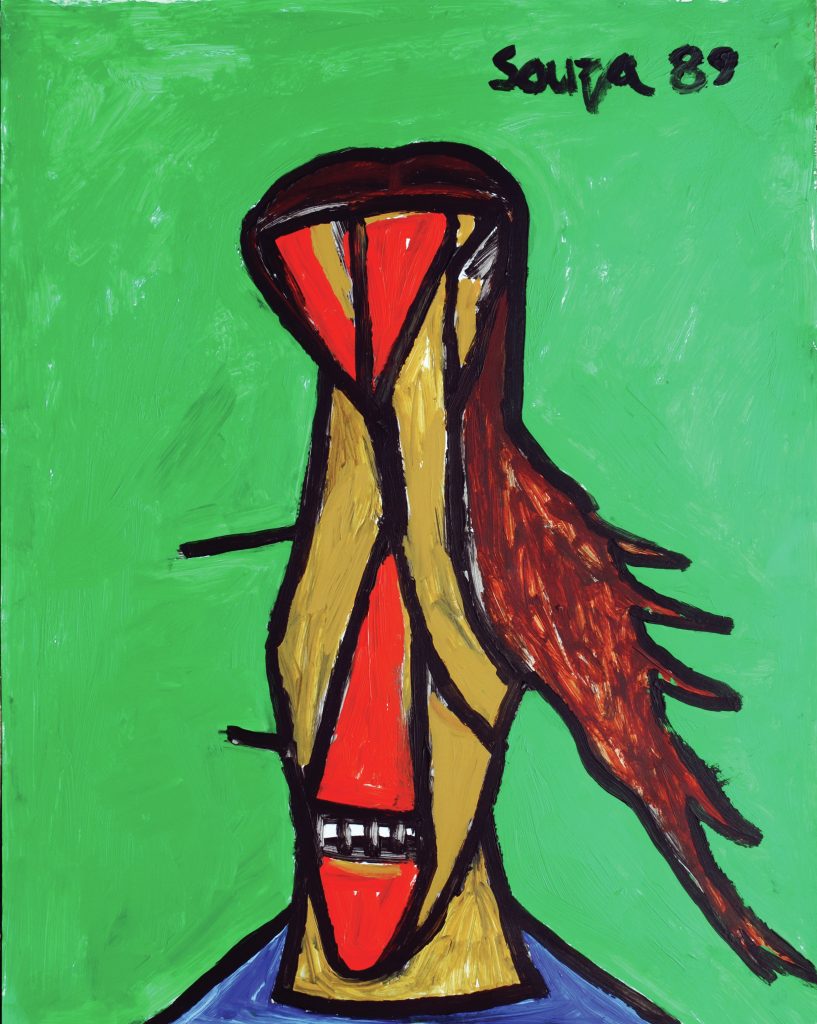
I am deeply appreciative of the courage and conviction with which Janeita has pursued this approach. She is treading on multiple disciplines and territories, unafraid to walk her path. I also commend the publisher, Niyogi, for investing time, energy and resources in the design, paper, and printing of the book. I wish more such books would come out on our modern masters, because India’s modernity must be reimagined and revisited through non-colonial frameworks—and Janeita’s book stands as a compelling example of such a fresh, interdisciplinary critique of one of the country’s most controversial artists.










